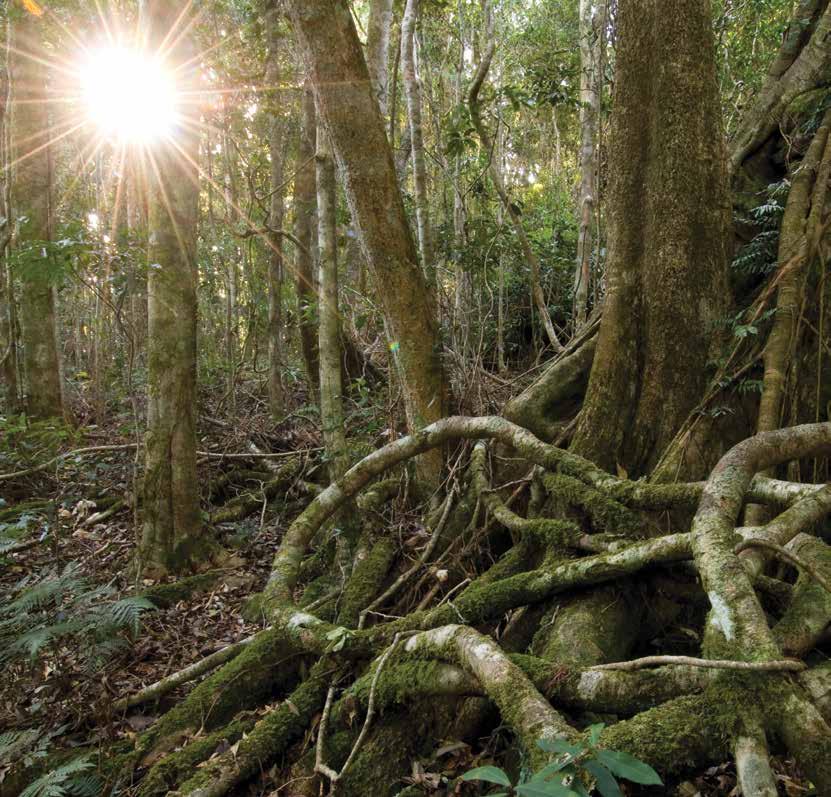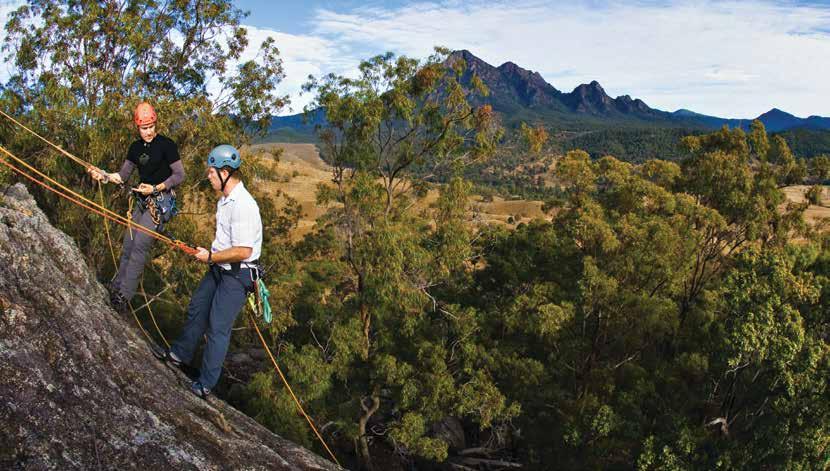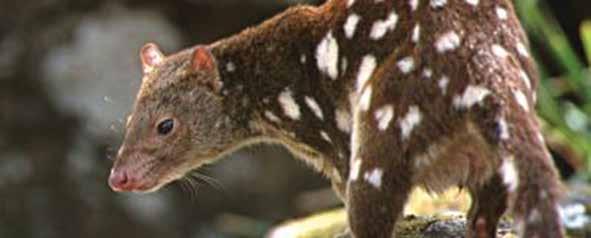THE IMPORTANCE OF BIODIVERSITY Biodiversity underpins the processes that provide benefits to humans and is a fundamental measure of livability. It is essential for supporting our way of life through direct provision of services including clean air, water, food and materials. These direct benefits have flow on effects for creating healthy and livable communities with access to clean resources required to support life. In addition, biodiversity underpins processes required to support industries reliant on key services including water purification, pollination, soil formation and nutrient recycling. Biodiversity forms an essential part of why residents and visitors alike choose the Scenic Rim as a destination. Lifestyle qualities, tree-change and wilderness qualities are all drawcards for residents and visitors of the region. These values form an intrinsic showcase that invites visitors to stay and enjoy the region.
WHAT IS BIODIVERSITY? Biodiversity is defined as the variability among living organisms from all sources (including terrestrial, aquatic and other ecosystems and the ecological complexes of which they are part). It occurs at a variety of scales including genetic diversity, species diversity and ecosystem diversity. Biodiversity is recognised as an important feature of healthy natural assets and increases flexibility and resilience in the face of change (i.e. resilience from natural disasters including floods, droughts and fires).
The more diverse a system is, the more it is able to absorb stresses and compensate for damage or loss in one part of the system. Natural assets that provide habitats for flora and fauna and support biological processes that provide biodiversity include: • • • •
Rainforests, bushland and native grasslands Rivers, streams, dams and lakes Wetlands Forested ranges and peaks (including the unique cloud forests of the Border Ranges) • Viable corridors of suitable vegetation In assessing, protecting and maintaining biodiversity, it is essential to account for the full range of living and non-living processes and ecosystem functions responsible for maintaining biodiversity. It is also important to understand the connection between biodiversity and life support systems including the provision of air, water and land. KEY INDUSTRIES THAT RELY ON NATURAL ASSETS INCLUDE AGRICULTURE AND HORTICULTURE, MINING, TOURISM, RECREATION, WATER SUPPLY AND HEALTH. THESE INDUSTRIES ARE WORTH OVER $368 MILLION TO THE LOCAL ECONOMY PER YEAR SCENIC RIM ECONOMIC BRIEF 2014
TABLE 1: IMPORTANCE OF BIODIVERSITY FOR LIFESTYLE, WELLBEING AND ECONOMIC PROSPERITY BENEFITS
SERVICES DEPENDENT ON BIODIVERSITY
Tourism and Recreation
Water purification, pollination, soil formation and nutrient recycling all required for maintaining natural beauty that attracts tourists and provides recreational opportunities.
Agriculture
Water purification, pollination, pest and disease control, soil formation and nutrient recycling all required for growing crops, grazing cattle, timber harvesting, growing turf etc. Diverse ecosystems can assist in managing erosion, salinity and land degradation.
Amenity and Livability
Water purification, pollination, soil formation and nutrient recycling provide clean drinking water, clean air, building materials and micro-climates that create livable communities.
Cultural Heritage
Water purification, pollination, soil formation and nutrient recycling all required for environmental values that support cultural, social and spiritual systems.
Scenic Rim Regional Council | Biodiversity Strategy | Page 9







